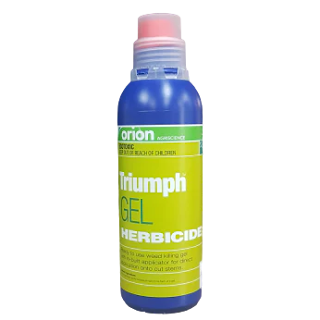How Do Agriculture Sprayers Help With Efficient Pest and Weed Management?

The agricultural sprayer has become a valuable tool for every farmer that keeps their crops insects-free and supplies nutrients to boost their yields. These sprayers make applying pesticides, herbicides, and fertilizers easier and evenly so the plants will grow well. With the integration of advanced technologies in the agriculture sprayer , their performance has become extraordinary. The sprayer tool has a tank that holds the liquid to be sprayed when operated. These sprayers are available in different sizes, volumes, and operative modes, from hand-held manual sprayers to large trailed, mounted sprayers and even sprayer drops. It has become a sustainable mode of limiting agrochemicals that impact the environment. But before you invest in these sprayers for sale in NZ, it's best to get familiar with how efficiently these sprayers can work for pests, fungi, weeds, etc. Read on to know how these sprayers contribute to revolutionizing the way farmers apply fertilizers and agrochemicals...




